Papua New Guinea Flag Meaning
Divided diagonally from upper hoist to lower fly: the upper triangle is red with a yellow Raggiana bird-of-paradise, and the lower triangle is black with five white stars of the Southern Cross.
- Continent
- Oceania
- Adopted
- 1971
- Ratio
- 3:4
- Colors
- red, black, yellow, white
- Designer
- Susan Karike Huhume (15-year-old student)
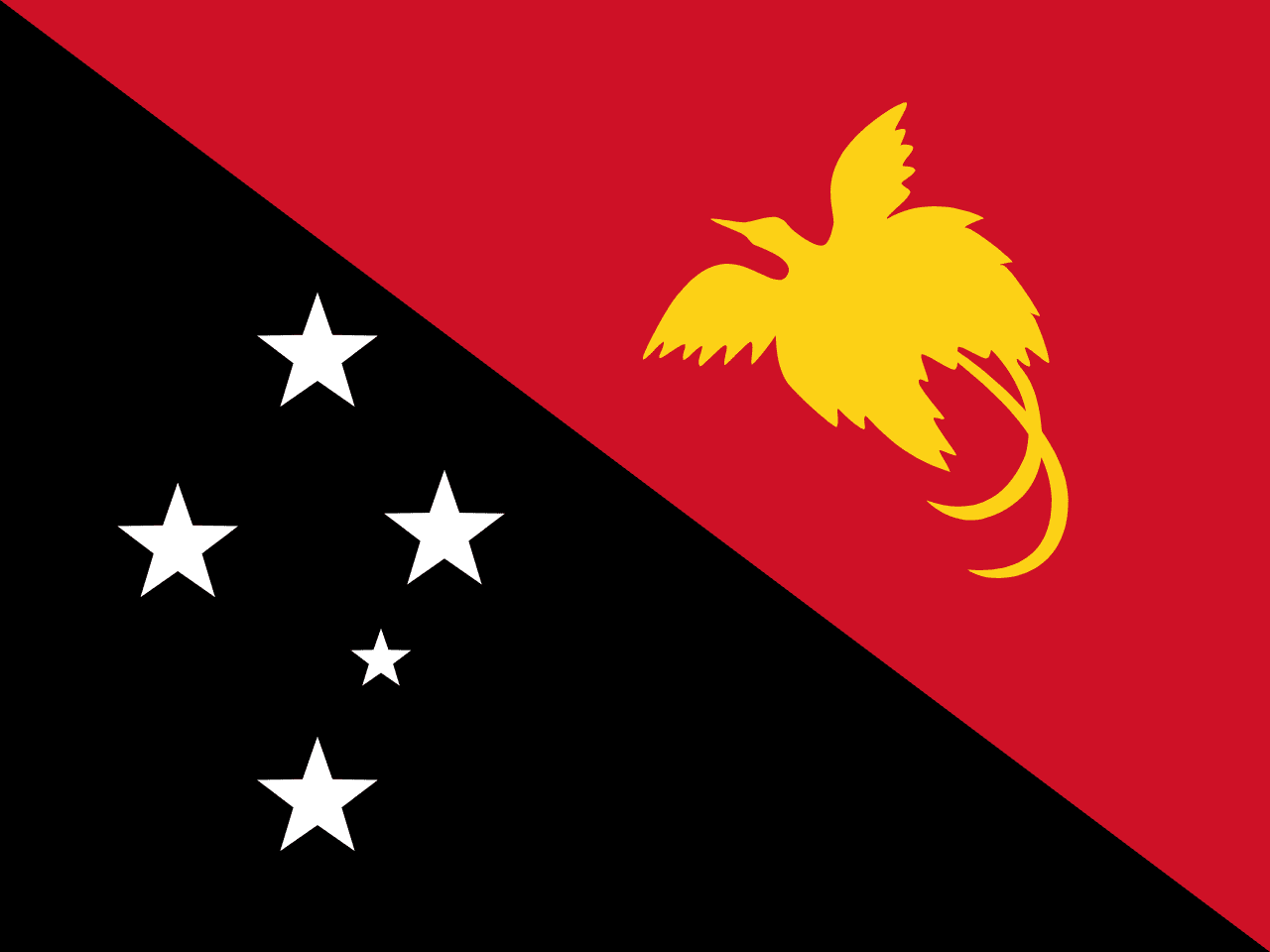
Symbolism
Black and Red: Traditional colors used widely in Papua New Guinea’s art and culture.
Southern Cross: Represents the country’s place in the southern hemisphere and shared identity with other Pacific nations.
Bird-of-Paradise: Symbolizes freedom, unity, and national identity, as well as Papua New Guinea’s rich biodiversity.
History
- Pre-Colonial: Home to diverse indigenous cultures with hundreds of languages and traditions.
- 1884: Split into German New Guinea in the north and British Papua in the south.
- 1906: Australia assumed control of British Papua; later occupied German New Guinea after World War I.
- 1971: Current flag designed by Susan Karike was officially adopted.
- 1975: Papua New Guinea gained independence from Australia.
Trivia
- The flag was designed by a 15-year-old student, Susan Karike, and chosen for its cultural symbolism.
- Papua New Guinea is one of the most linguistically diverse countries, with over 800 languages.
- The Raggiana bird-of-paradise is the national bird and featured on the flag.
- The diagonal division of the flag emphasizes balance between tradition and modern nationhood.
- Despite difficult terrain, Papua New Guinea has one of the fastest urbanizing populations in Oceania.
Related Countries
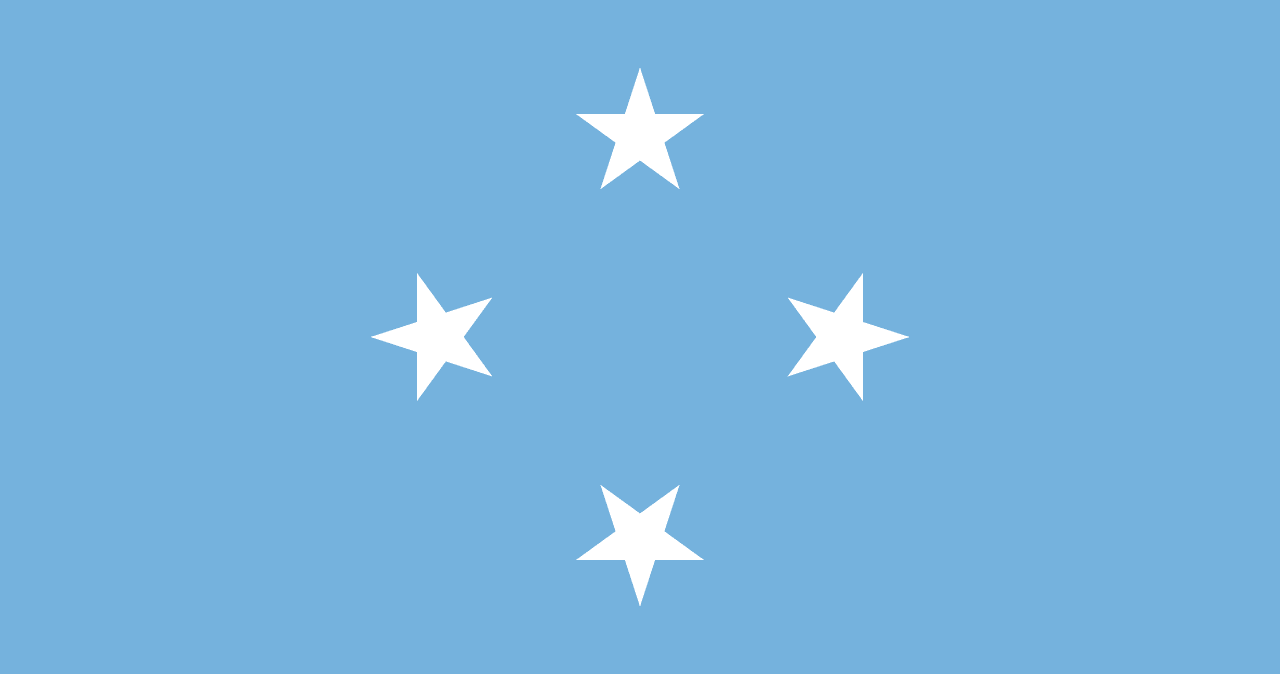
Micronesia
Oceania
Four white five-pointed stars arranged in a diamond pattern on a light blue field, representing the four states of the Federated States of Micronesia surrounded by the Pacific Ocean.
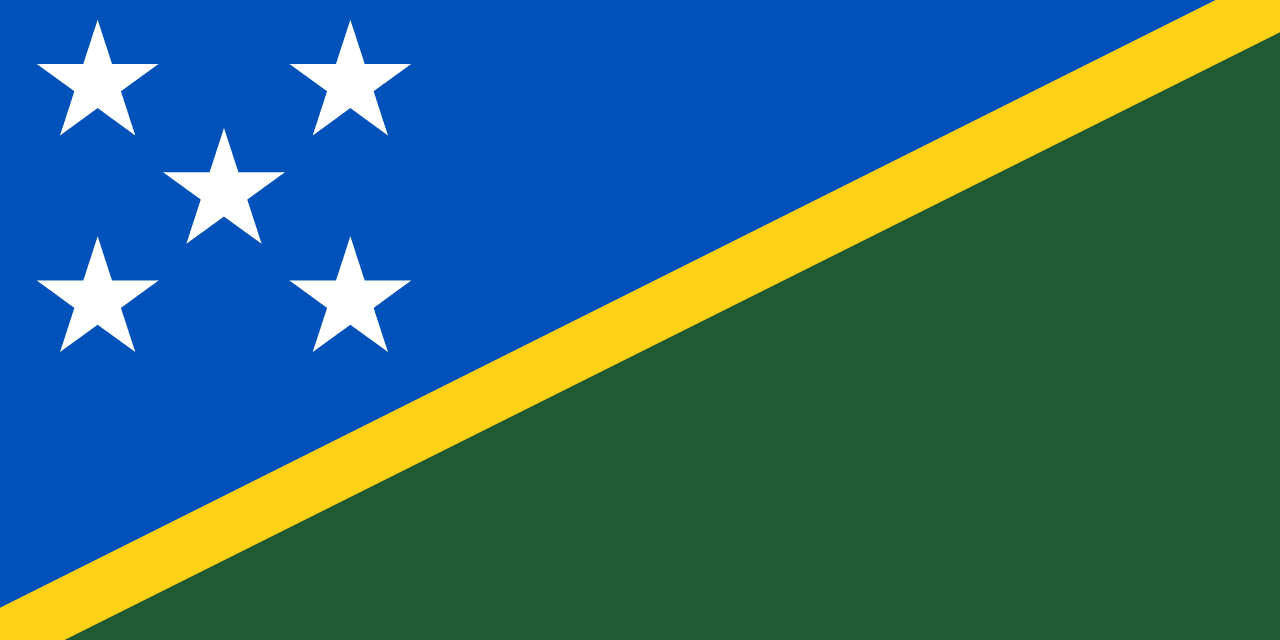
Solomon Islands
Oceania
A blue triangle in the upper hoist and green triangle in the lower fly, separated by a thin yellow diagonal stripe, with five white five-pointed stars arranged in an X pattern in the blue triangle, representing the ocean, land, sunshine, and the five main island groups of this Melanesian nation.
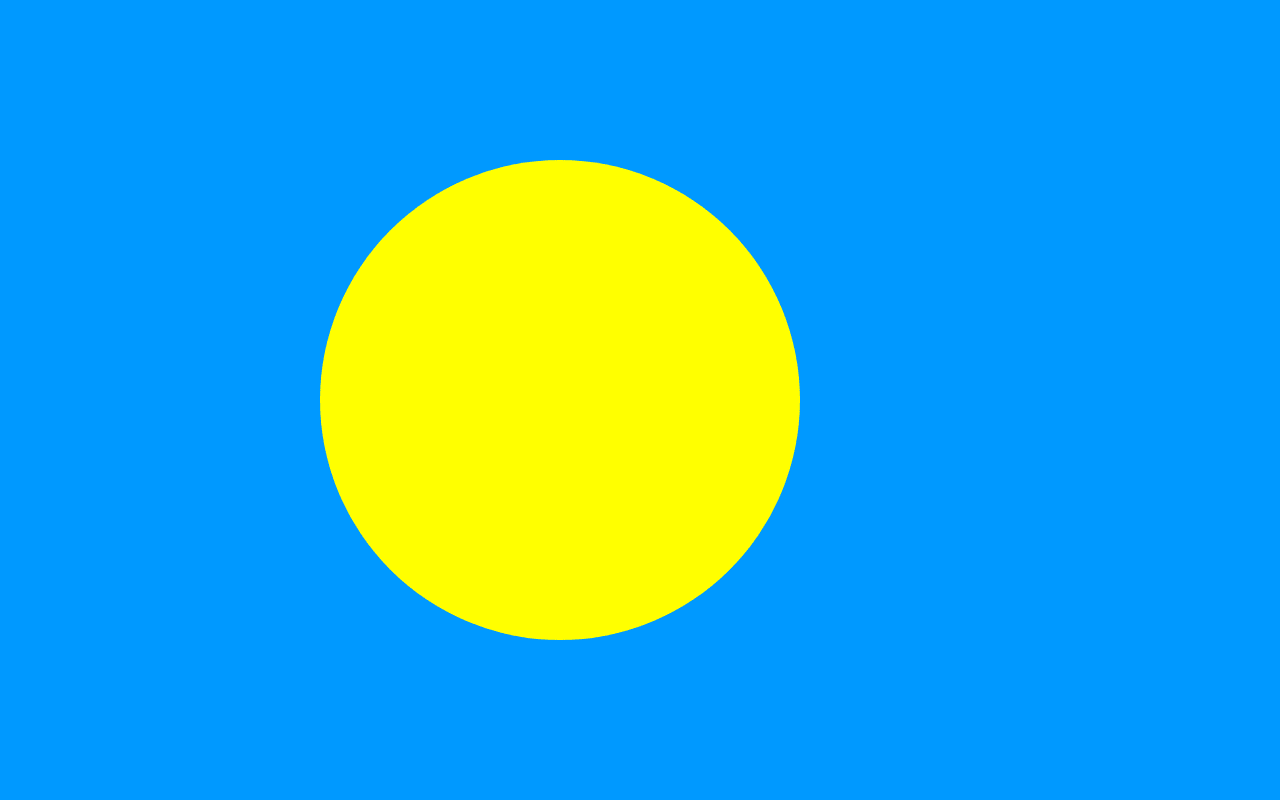
Palau
Oceania
A light blue field with a golden-yellow full moon slightly off-center toward the hoist. The flag symbolizes independence, culture, and natural harmony.

Australia
Oceania
A blue ensign featuring the Union Jack in the canton and the Southern Cross constellation on the fly, with a large Commonwealth Star beneath the Union Jack, representing Australia's British heritage, its location in the Southern Hemisphere, and the federation of six colonies into one nation.
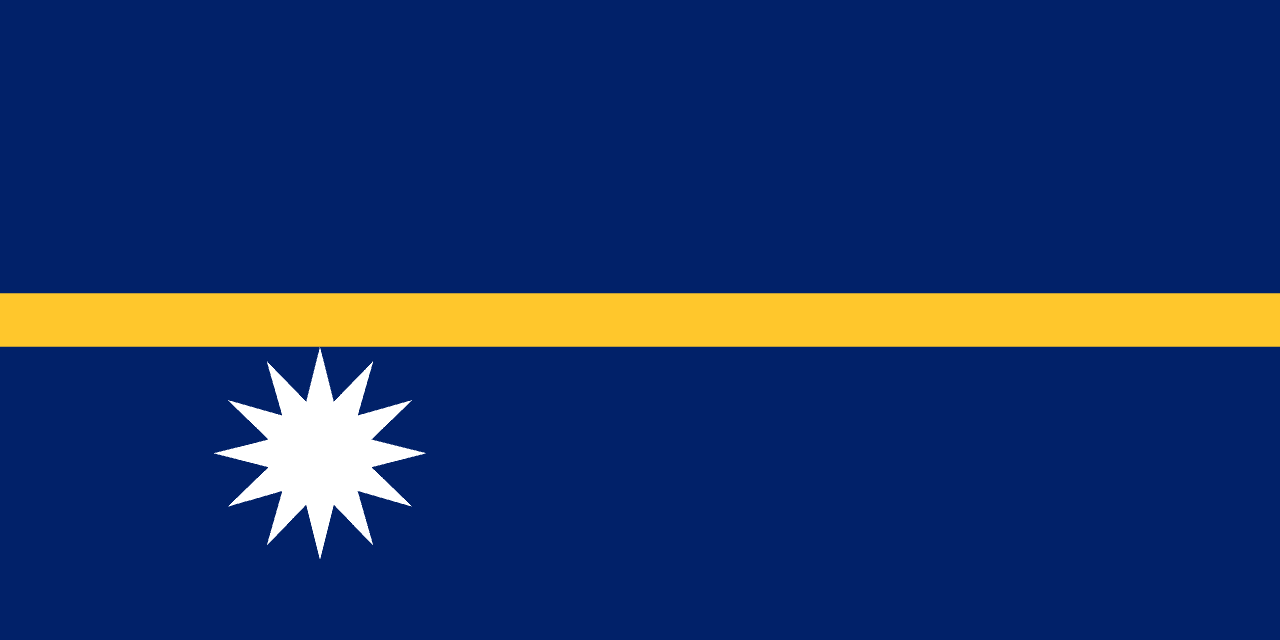
Nauru
Oceania
A blue field with a horizontal yellow stripe across the center and a white twelve-pointed star below the stripe near the hoist. The design reflects Nauru’s position just south of the equator and its cultural identity.
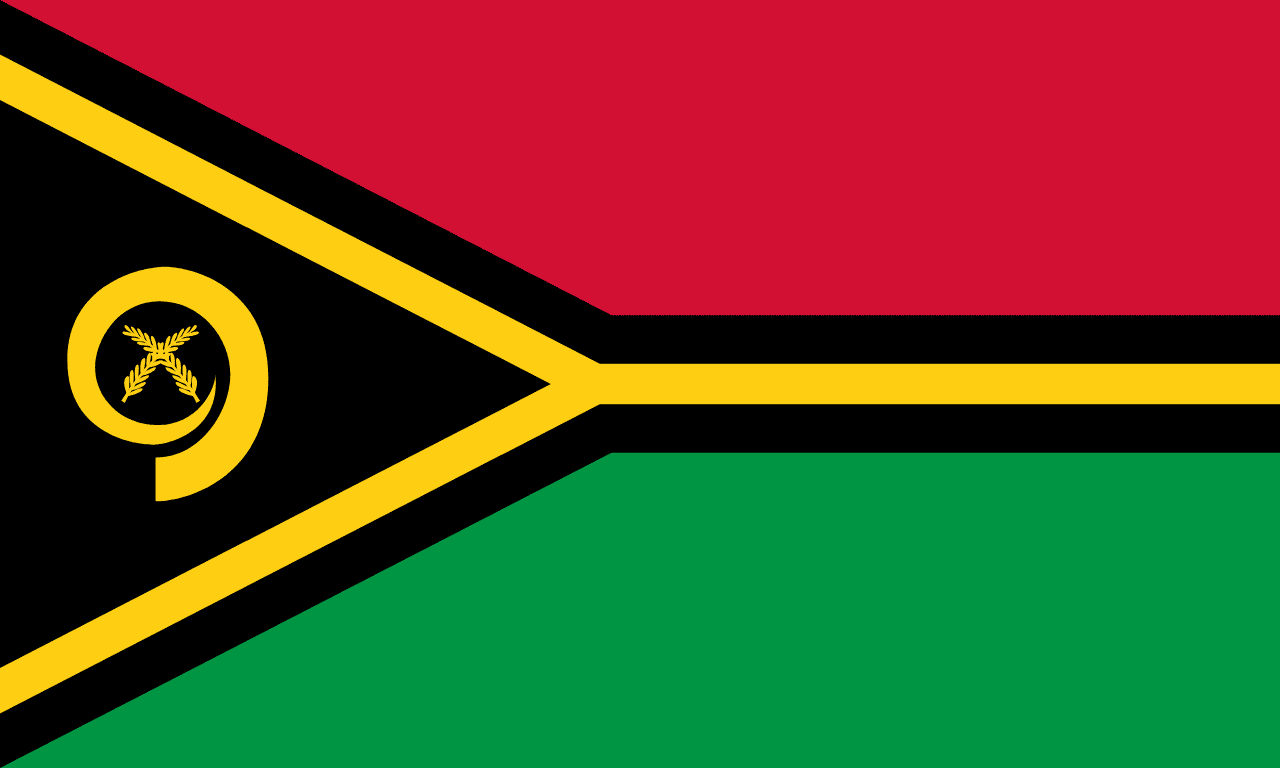
Vanuatu
Oceania
Red and green horizontal bands separated by a black stripe edged in yellow, with a yellow Y-shape extending from the hoist containing a boar's tusk and two crossed fern leaves, representing the blood of sacrifice, the rich soil, the Melanesian people, enlightenment, and traditional Melanesian values and culture.